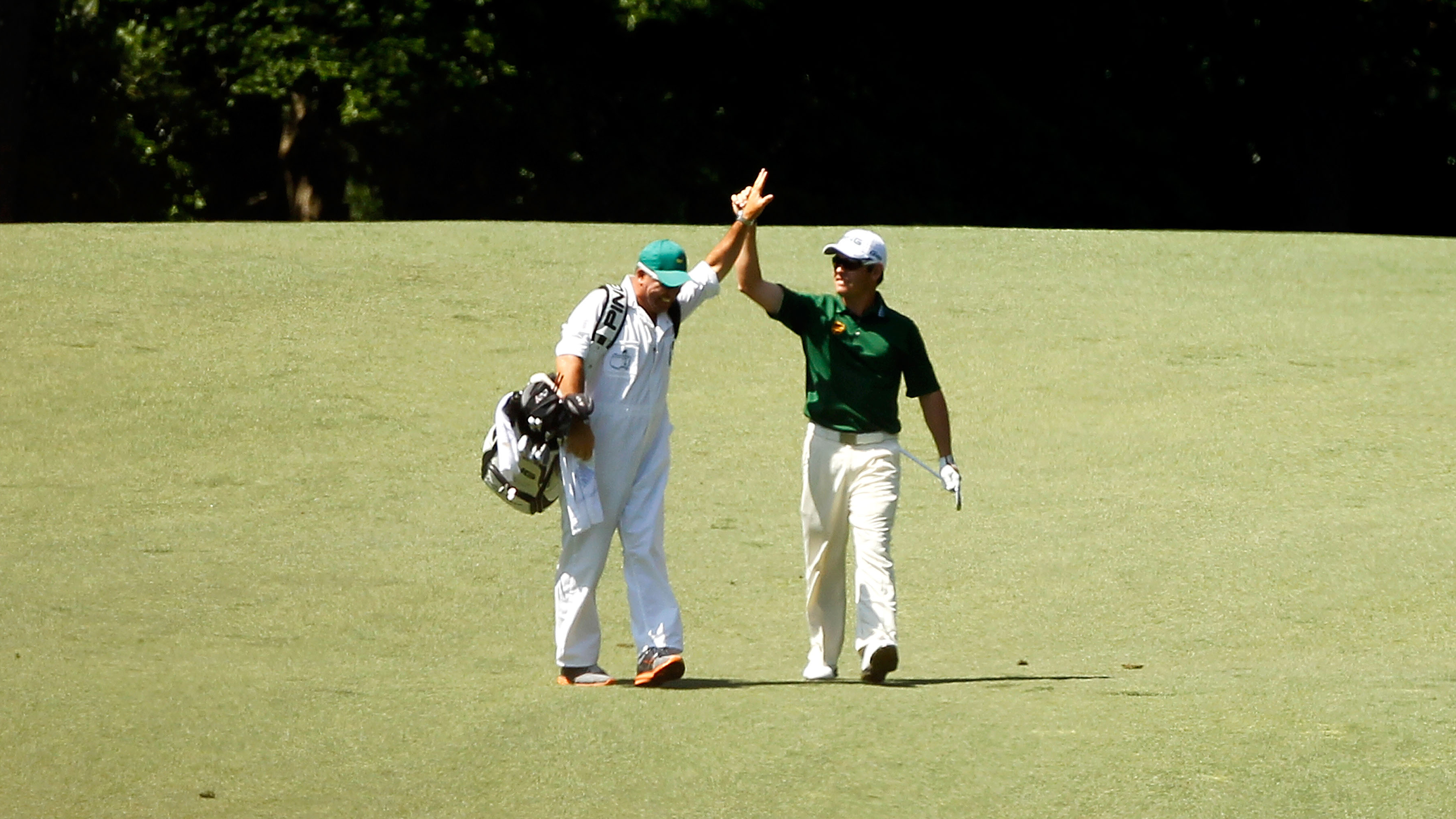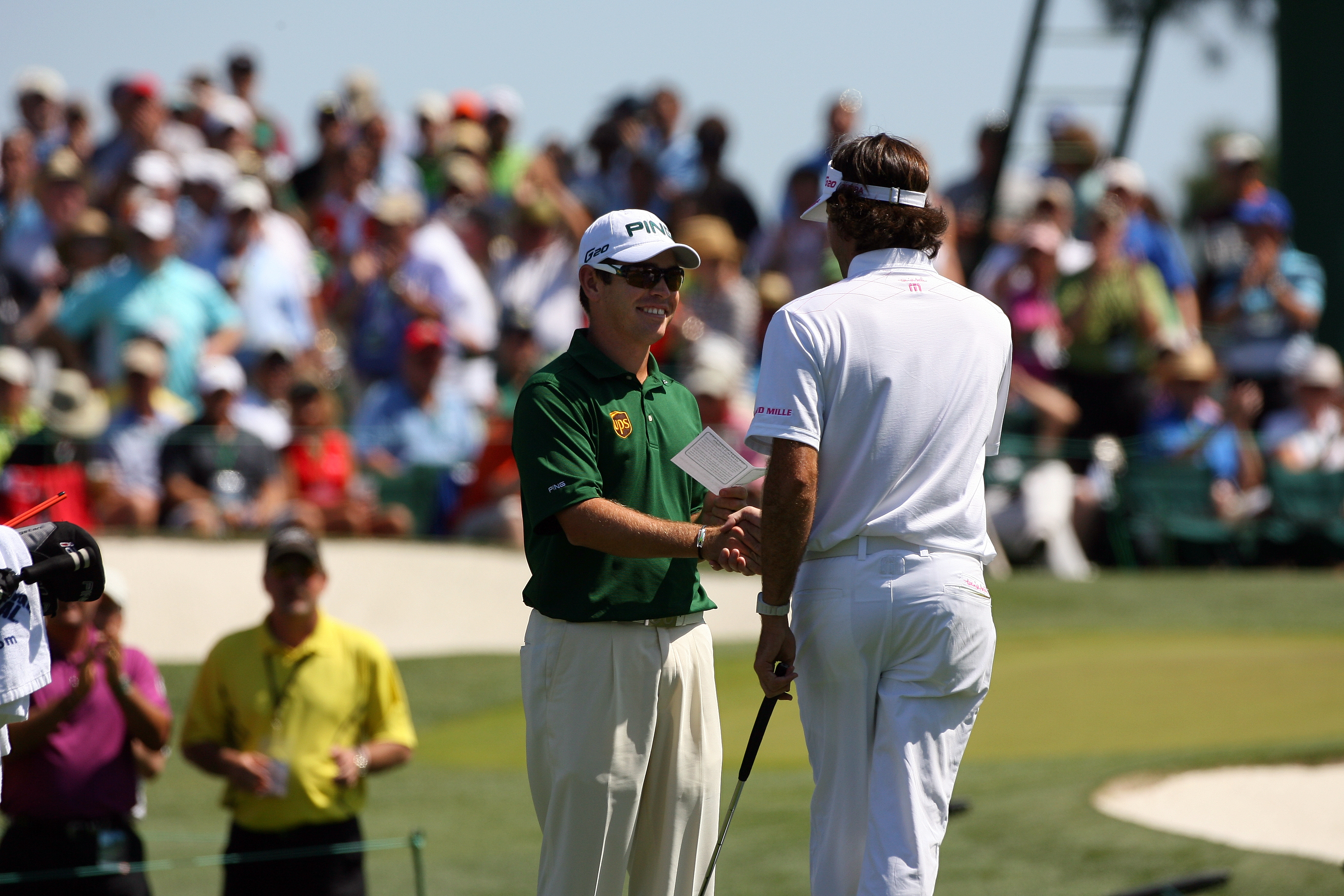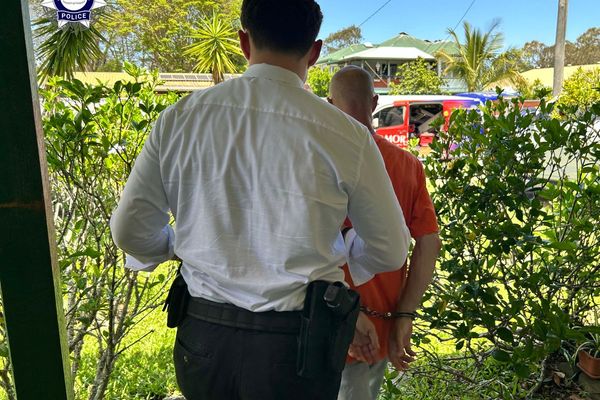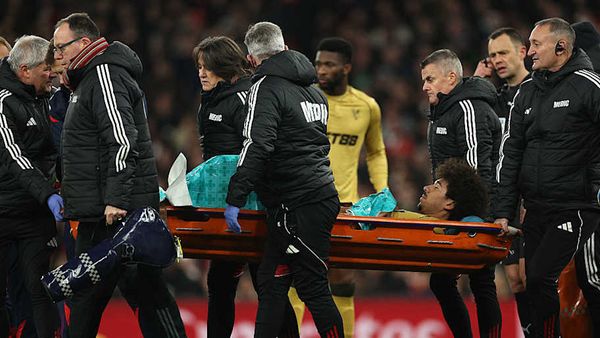
We've seen one recently in 2025 when Patrick Reed made just the fourth albatross in US Open history at Oakmont, but what exactly is an albatross?
What Is An Albatross In Golf?
In golf, par is the score you achieve on a golf hole if you play it in regulation figures according to the scorecard, and virtually all golf holes have a par of 3, 4 or 5, with the occasional par 6 on a tiny number of courses.
When you fare better than par on a hole, golf’s terminology ventures into the avian world to describe the achievement.
It starts with the general term ‘birdie’ for one under par (e.g., a 3 on a par 4), originally an American slang term for ‘wonderful’; then the rarer and more impressive ‘eagle’ for a score of two under par on a hole; and finally ‘albatross’ for a score of three under par on a hole. Americans generally use the term ’double eagle’ where UK golfers would say ‘albatross’.
The progression is perhaps primarily related to the rarity of the birds in question, with 21 of the 22 species of albatross in the world lying somewhere between ‘vulnerable’ and ‘critically endangered’ according to the International Union for the Conservation of Nature.
But there is also undoubtedly an element of how impressive the birds are as well, with the wandering albatross boasting the widest wingspan of any flying bird.
🚨 ALBATROSS ALERT 🚨@PReedGolf with a 2 on a par 5, just the 4th in U.S. Open history! pic.twitter.com/FNDFzWwlzTJune 12, 2025
It is a fitting term, for the albatross in golf comes along once in a blue moon, either when a player holes his or her second shot on a par 5 or has a hole in one on a short par 4.
While virtually all golfers will make many birdies in their golfing ‘careers’ and most will occasionally experience the joy of an eagle, the vast majority will go their entire golfing lives without coming close to an albatross.

This is in large part due to the average distances that club golfers hit the ball, with only a relatively small percentage of better players and longer hitters able to regularly reach par-5 greens in two blows or drive the green on shorter par 4s, either of which you need to be able to do to have any chance of making an albatross.

Indeed, it has been estimated that the chances of making an albatross in golf are at least a million to one, but on the professional tours where most par 5s are in range in two and many short par 4s are drivable, they do come along in very small numbers every season.
One of the most memorable in recent years was when Louis Oosthuizen holed his 4-iron second shot on the par-5 2nd at Augusta National in the final round of the 2012 Masters to take the lead in dramatic fashion, with the ball catching the contours, feeding round to the right and rolling in like a well-judged putt.
Undoubtedly one of the ten greatest Masters shots.







